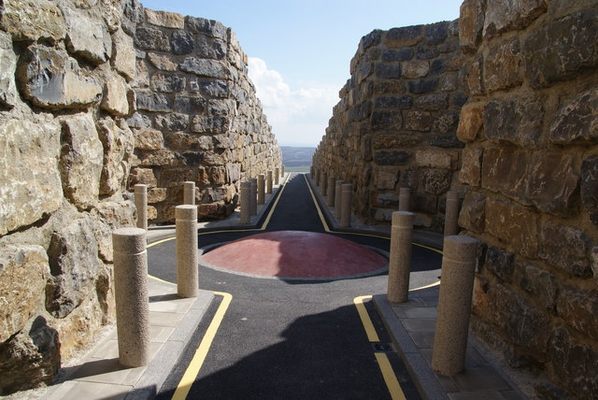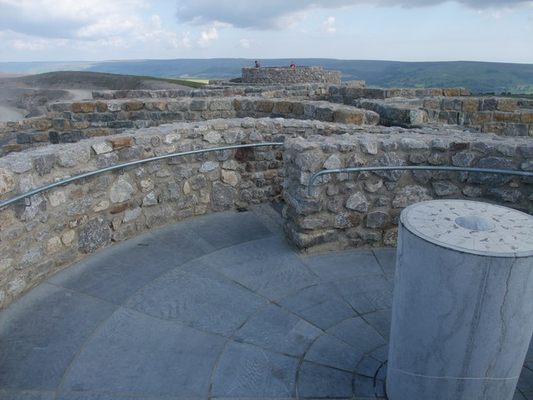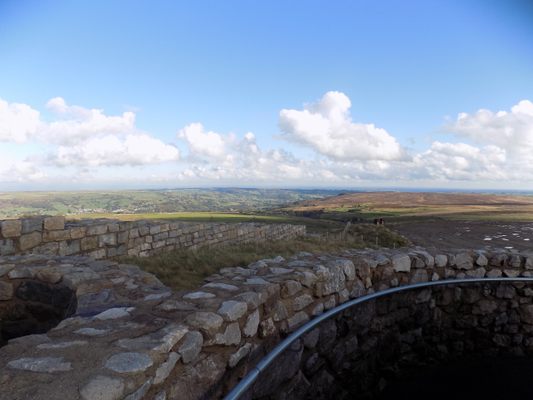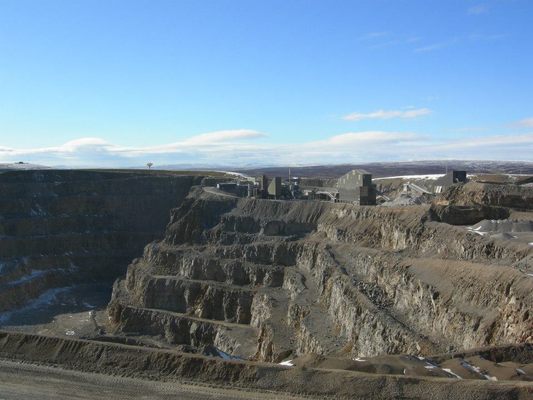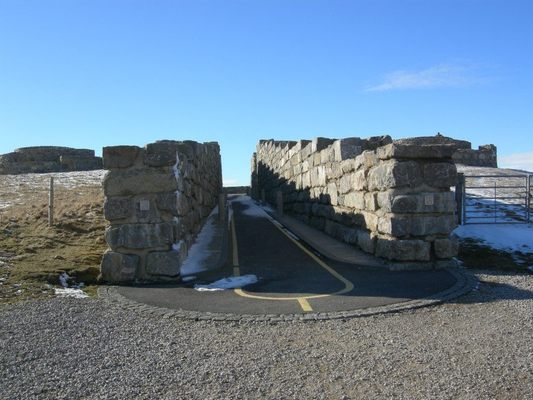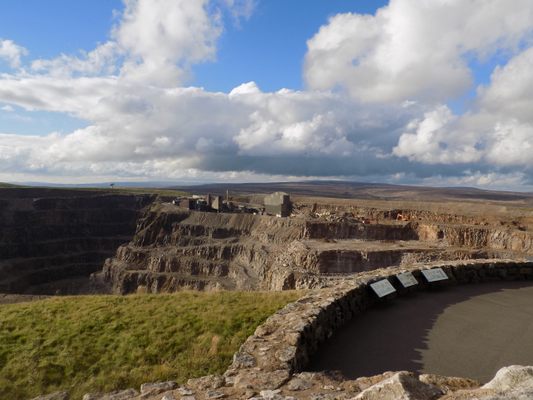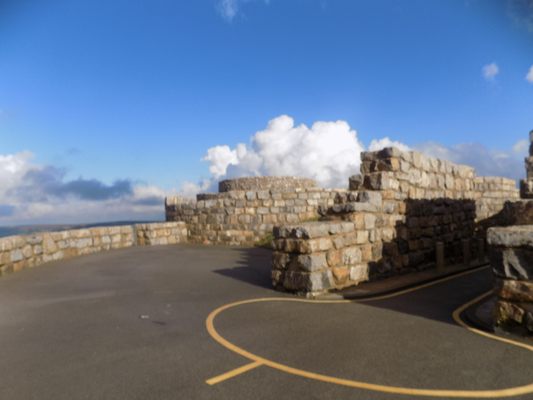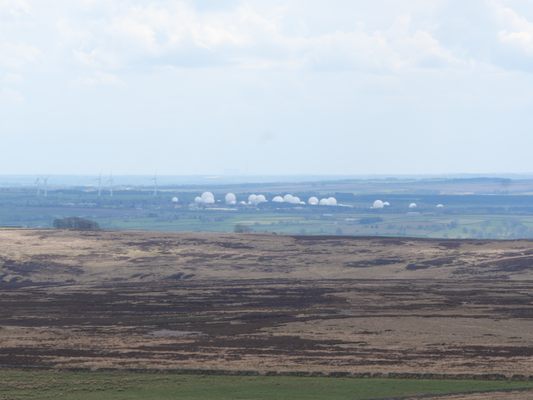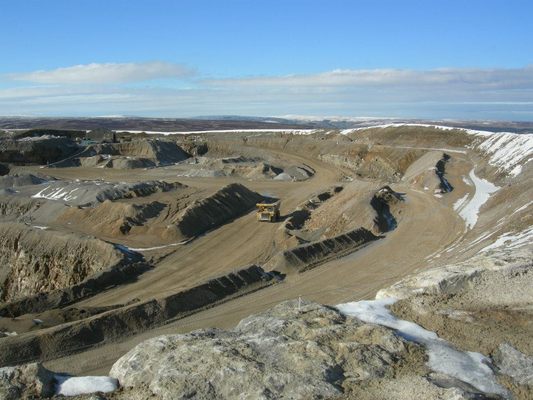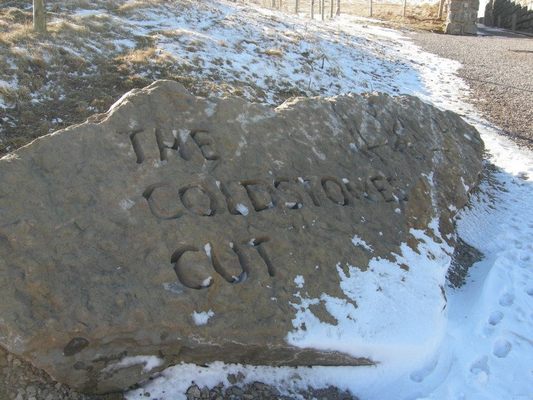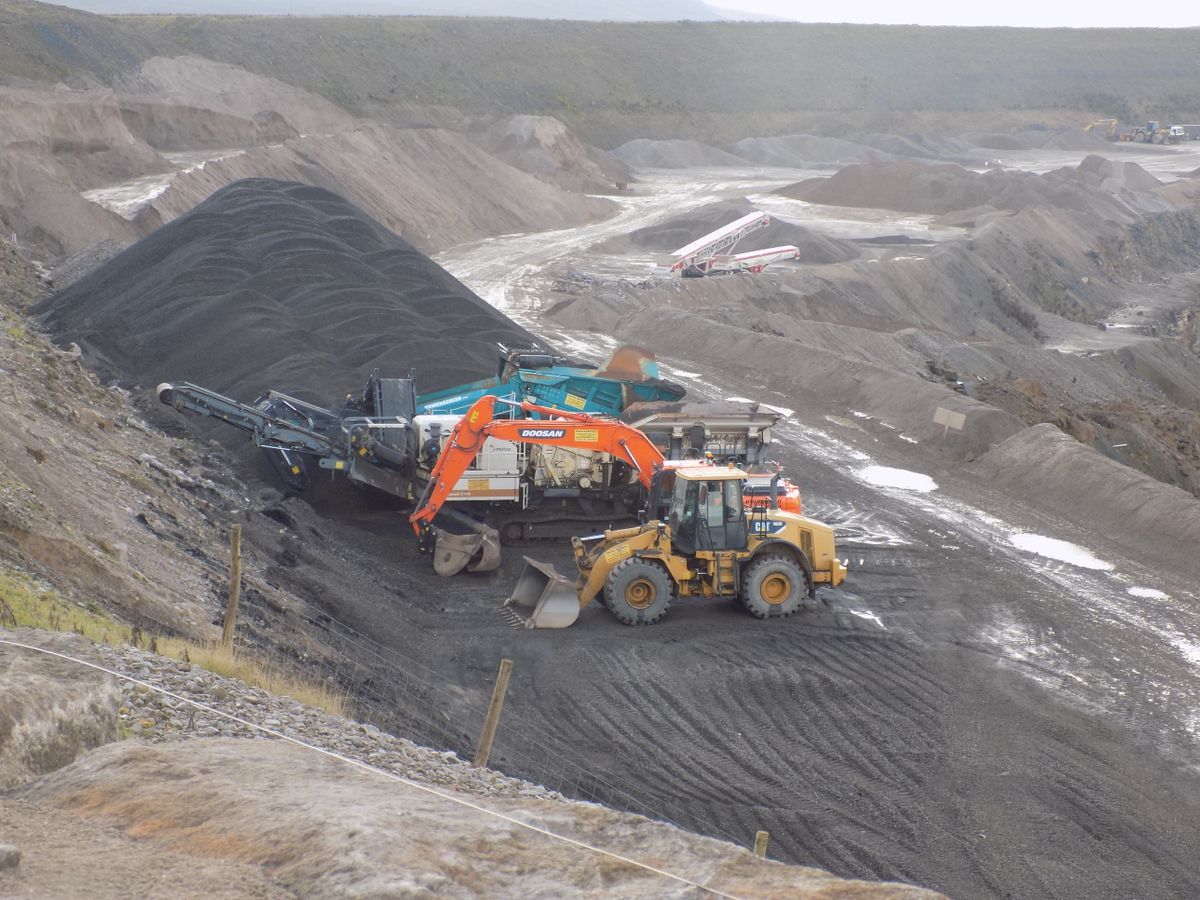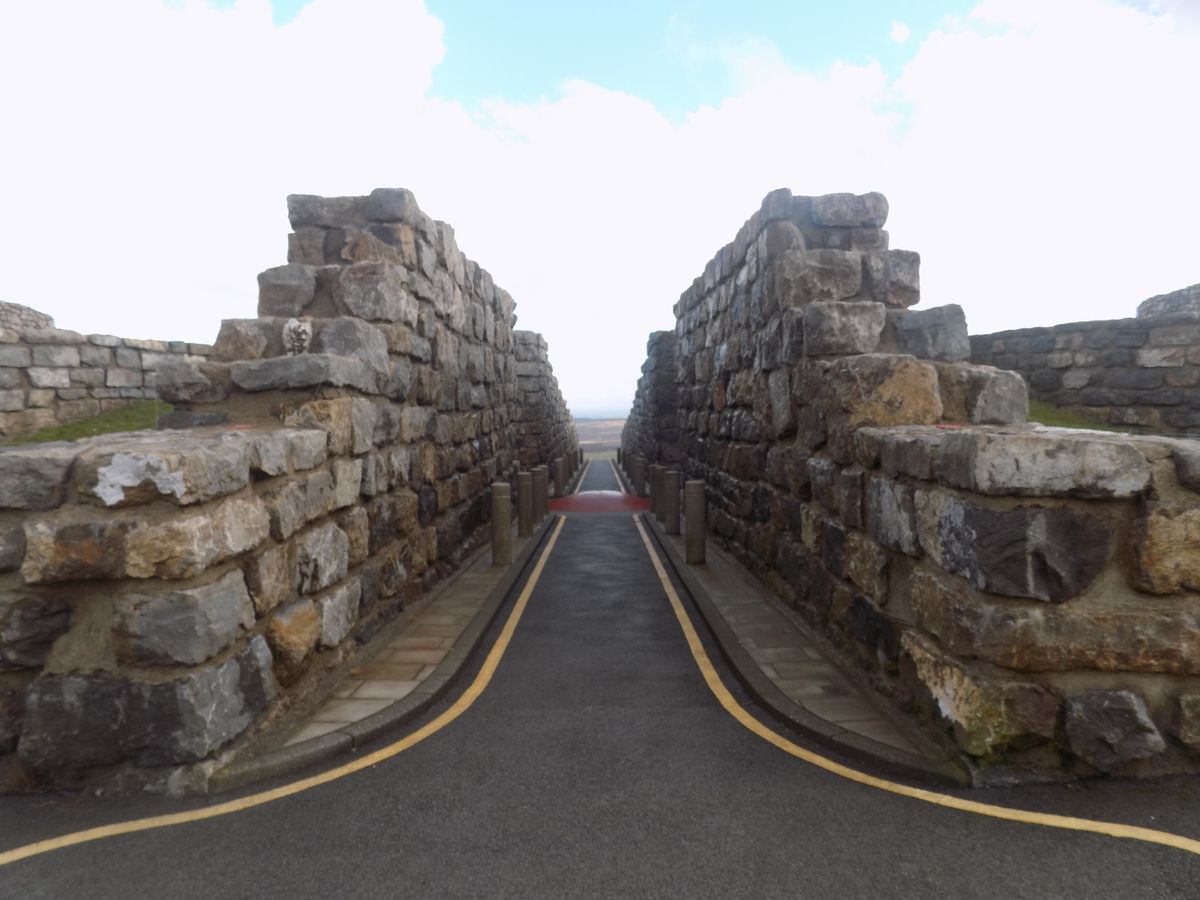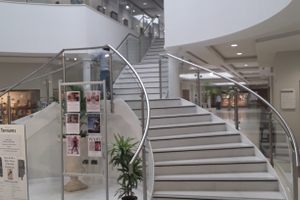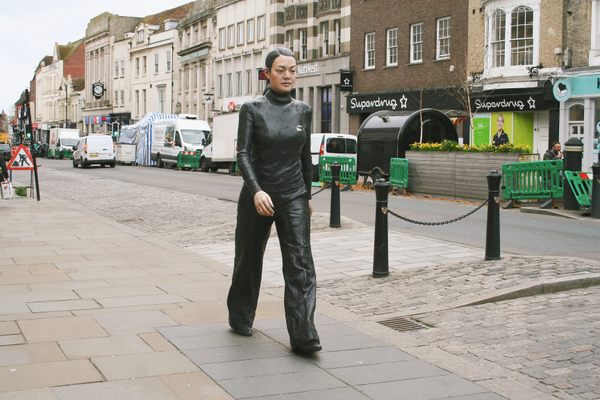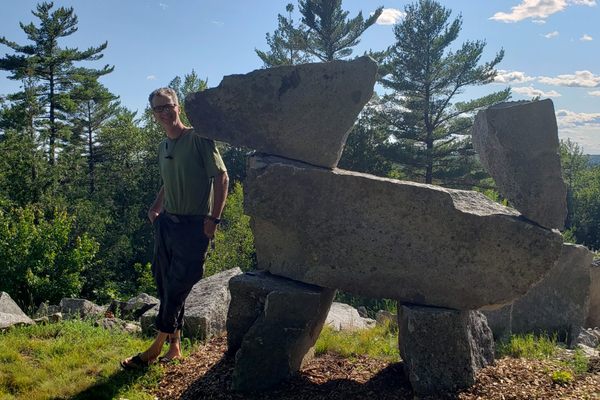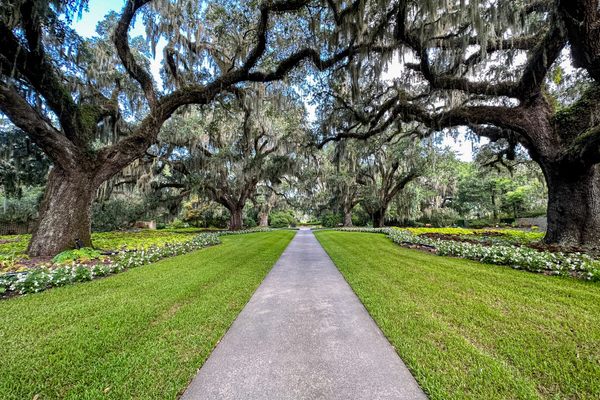About
Located atop Greenhow Hill near Pately Bridge in Nidderdale, Coldstones Cut is the largest and highest public art installation in Yorkshire. The monumental scale of this construction needs to be seen to be believed.
This impressive sculpture was created by the artist Andrew Sabin to celebrate the spectacular views and industrial heritage of the Yorkshire Dales landscape, and it is truly awe-inspiring. At 1,375 feet above sea level, the views from inside the installation are stunning.
Visitors can walk into the huge stone structure, along the “streets” between giant stone walls, and up the spiral paths into viewing platforms designed to fully exploit the extraordinary vistas.
On the one hand, the whole of Nidderdale is laid out before you, designated an area of outstanding natural beauty. The mysterious golf ball domes of RAF Menwith Hill in the distance add an otherworldly quality. The landscape is juxtaposed with the industrial splendor of Coldstones Quarry, which is still in use and among the highest quarries in England in elevation.
Despite its enormous size, this quarry hole and limestone mining operation are actually completely hidden from sight, even within the walls of the structure, and only hints of it are visible from the road. It is only once you emerge into the viewing platforms that its true scale is fully revealed.
Related Tags
Know Before You Go
The Coldstones Cut is situated directly off the B6265, 2 miles outside Pateley Bridge. Plentiful parking is provided just off the road at the Toft Gate Lime Kiln parking (brown sign directs you from the road). From here a 500-meter footpath climbs up the hill to the sculpture. Suitable footwear and clothing should be worn as the location is very exposed and the weather can be harsh and change suddenly. The path is not tarmac but pushchair friendly - although steep in places. Admission is free and the Coldstones Cut is always open to the public.
The Toft Gate lime kiln is situated next to the Coldstones Cut car park and is definitely worth exploring on your return. The ruined kilns and workings are clearly visible, and there are interesting information boards detailing the operation.
Community Contributors
Added By
Published
September 17, 2018
